Welcome to our reoccurring series of “Home on the Range.” Here, we would like to share all of our experiences for those who may be homesteading, living off the land, hunting, farming, ranching, and truly investing in nature and the great outdoors. The ability to provide for yourself and your family can be tremendously rewarding and simultaneously difficult at times. So, in “Home on the Range” we want to share our different exploits so you can learn and hopefully we can receive your feedback along the way as well.
Turboboost your Soil with Compost Heat
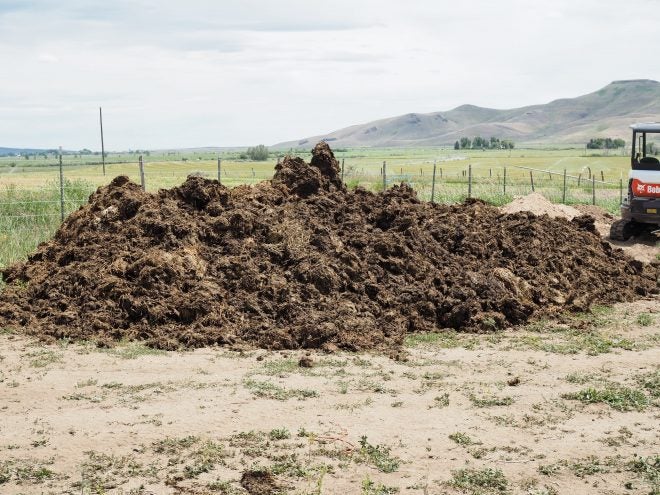
Naturally, compost piles are a great way to use up all that organic waste on one’s farm. It makes for good fertilizer, but the heat generated by the process can provide an extra benefit when routed in the correct way. A neat project proposed to me and implanted this year on my farm is a compost “heat well” connected to a hydronic system of pipes that routes the heat under various planting areas in order to keep my soil temperatures higher. This in turn has reduced germination time, boosted yields, and provided resistance against unseasonal frost events (which can happen at any month in higher altitude farms). Not only that, but it has allowed me to plant crops that normally do not grow well in my area due to the extreme diurnal temperature swings that one can encounter in higher altitude Northern climes. How does it work? Let’s take a look.
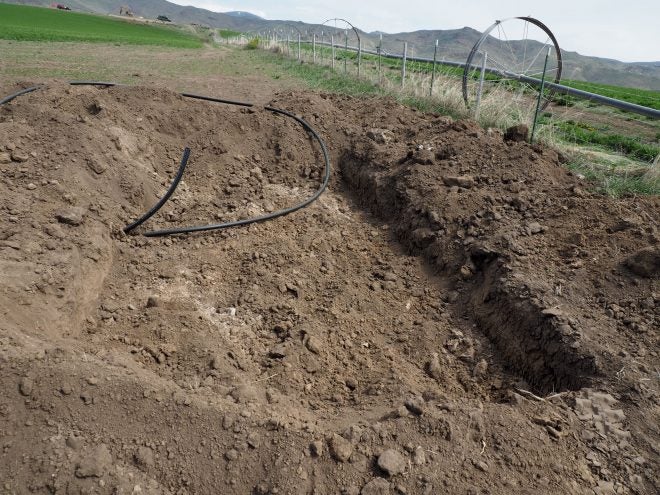
Get the Heat Where you Need It
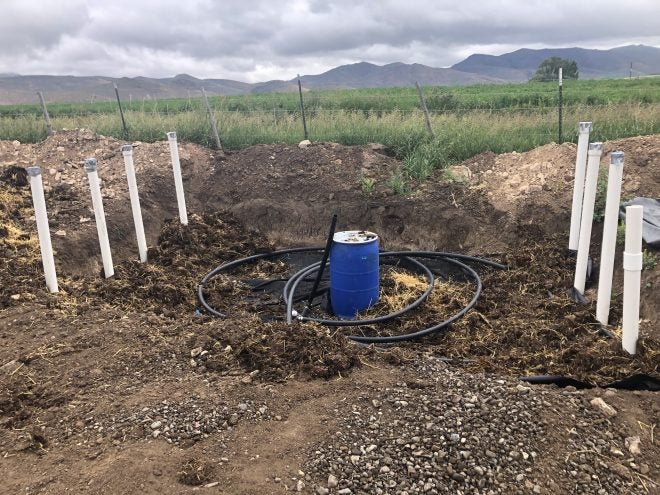
So how does one harness and reroute the heat from a simple compost pile? In our case, we used a solar powered water pump from Rural Power Systems (RPS). The pump sits in a barrel of water in the middle of my compost pit. This barrel is then hooked up to a circuit of flex pipe that runs underneath my planter beds. The pump moves water heated by the compost pile through the flex pipe circuit, distributing the heat from the compost pile.
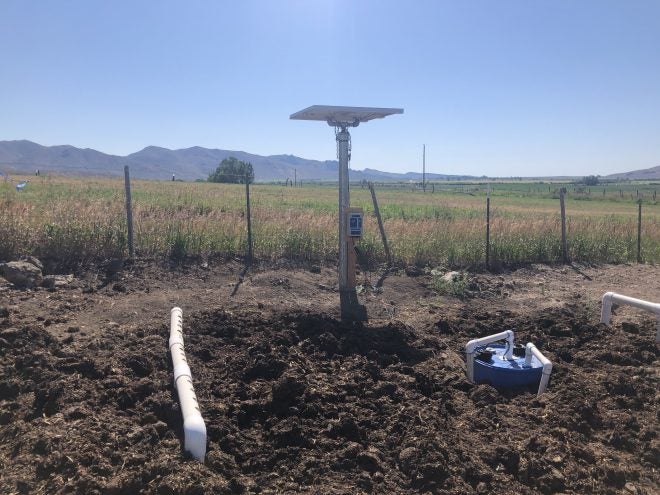
The layout of the flex pipe was done before we put the topsoil in place for the planting beds. The pipe is layed in a coil around the bottom of the compost pit to maximize heat gain, and then has direct runs to each planting area. Once under the planting area, a serpentine pattern or coil is used to maximize heat transfer to the soil, depending on the shape of the area. Our hydronic circuit is played out in series, making for easier movement of the water along the circuit. In the wintertime, the whole setup can be easily pumped out if the ground freezes in your area.
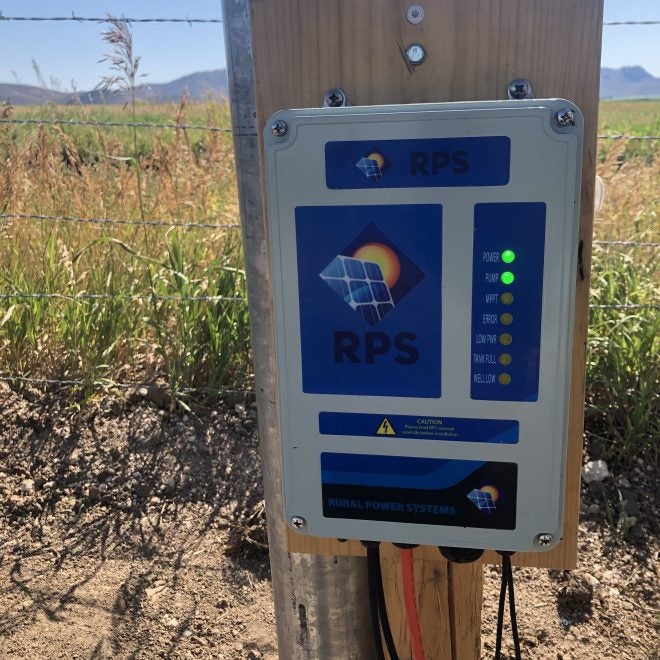
The results have been excellent. I have been able to grow corn, cantaloupe, and watermelon in an area where it is extremely rare to see these outside of a greenhouse environment. The Solar array from RPS has held up well to the 50 MPH+ wind events we can have in our area. Overall, I am quite pleased with the results of this endeavor. Should such a setup interest you, you can check out Rural Power Supply for many of your off-grid needs.
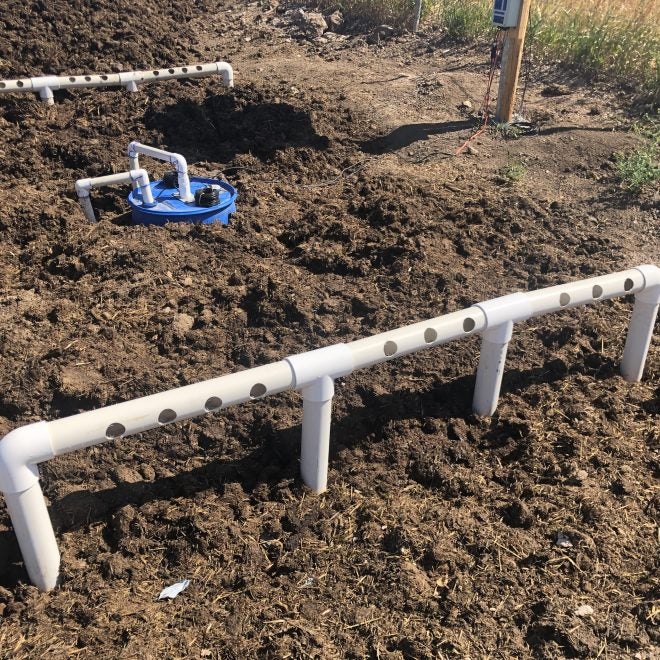
The post Home On The Range #006: How to DOUBLE your Compost Heat Benefits appeared first on AllOutdoor.com.


